LATVIJA.FM
The Great Oak Trees of Latvia: Guardians of History
For centuries, Latvia’s great oak trees have stood as silent sentinels across the land, their gnarled branches reaching into the skies as if to cradle the winds of time. These trees are more than just natural wonders—they are living witnesses to the country’s most transformative events, guardians of folk memory, and sacred symbols of strength and endurance. Revered in legends and embedded in tradition, they anchor communities, mark battlefields, shade ancient roads, and inspire poets and patriots alike. Let us step into the quiet majesty of Latvia’s mighty oaks and listen to the stories they’ve held in their rings.
Roots in Ancient Soil
The oak tree (Quercus robur) is not merely a native species to Latvia—it is a native spirit. Long before modern history took root, these towering giants were venerated by early Baltic tribes for their perceived connection to the divine. While Latvija.fm intentionally steps aside from pagan ritualism, it is impossible to ignore the cultural weight these trees have carried across eras. Oaks symbolized justice, masculinity, endurance, and prosperity, and even today, many Latvians associate their presence with the continuity of national life. Some oaks are so ancient that they predate entire villages, their trunks swelling with over eight hundred years of quiet memory.
Silent Witnesses to Latvia’s Turning Points
Throughout the turbulent chapters of Latvian history—be it during the Swedish or Russian Empires, the World Wars, or the Soviet occupation—oak trees have remained constant. Many served as gathering points for clandestine meetings, hiding places for partisans, or unmarked landmarks by which families remembered their land. In places like Tērvete and Kuldīga, great oaks still stand beside former manor estates and medieval ruins, acting as nature’s living monuments. One of the most famous is the Stelpe Oak, said to have watched over Latvian riflemen during the First World War, its bark grazed by bullets, yet still standing.
Oaks in the Latvian Imagination
Latvian folklore, poetry, and even lullabies brim with references to mighty oaks. The tree often appears in folk songs (dainas) as a steadfast character beside rivers or on mountaintops, watching over the fate of young lovers, or quietly bearing witness to the hardships of rural life. In modern literature, the oak has become a metaphor for resilience and moral clarity. Writers like Rainis and Aspazija evoked oaks to symbolize both national strength and personal integrity. The Latvian coat of arms even features oak leaves as a heraldic motif—an echo of the deep roots these trees hold in the country’s self-image.
A Living Part of Communities
Many towns and villages across Latvia have their own "great oak"—not just in size, but in local legend. Some are linked to historic speeches, weddings, or even tragic partings. These oaks are not fenced off or idolized as relics. Instead, they are woven into the daily lives of those around them: schoolchildren gather beneath their shade, elders pass time nearby on benches, and seasonal festivals may be held on the ground their roots still nourish. They are as functional as they are symbolic, offering shade, identity, and continuity across generations.
Conservation and Recognition
Today, Latvia has committed to protecting its ancient trees, recognizing their ecological and cultural significance. The Dižkoki (great trees) registry lists many of these natural monuments, with protections against unnecessary felling or damage. Environmentalists work alongside historians and cultural preservationists to ensure these oaks are not just admired but understood—as anchors in both the landscape and the Latvian narrative. Some of the most famous trees, such as the Kaive Oak—believed to be over a thousand years old—attract visitors from around the world, eager to stand beneath limbs that have seen more seasons than most empires.
A Future Rooted in the Past
In a country known for its forests, the oak stands apart. Its grandeur isn’t in its rarity, but in its symbolism—what it has seen, how it has endured, and the way it connects Latvian identity to the land itself. These trees have been a part of Latvia’s history for centuries, but they also shape its future. They inspire environmental stewardship, cultural pride, and a deeper awareness of time's slow, steady march. The next time you pass an old oak on a quiet Latvian road, pause. Place your hand on its bark. You may just feel history pulsing beneath the surface.
Cover image: Photo: Ozols / Oaks by Guntars Mednis, taken on 15 October 2015 in Braslava parish. Licensed under Creative Commons Attribution-Share Alike 3.0 Unported license.
